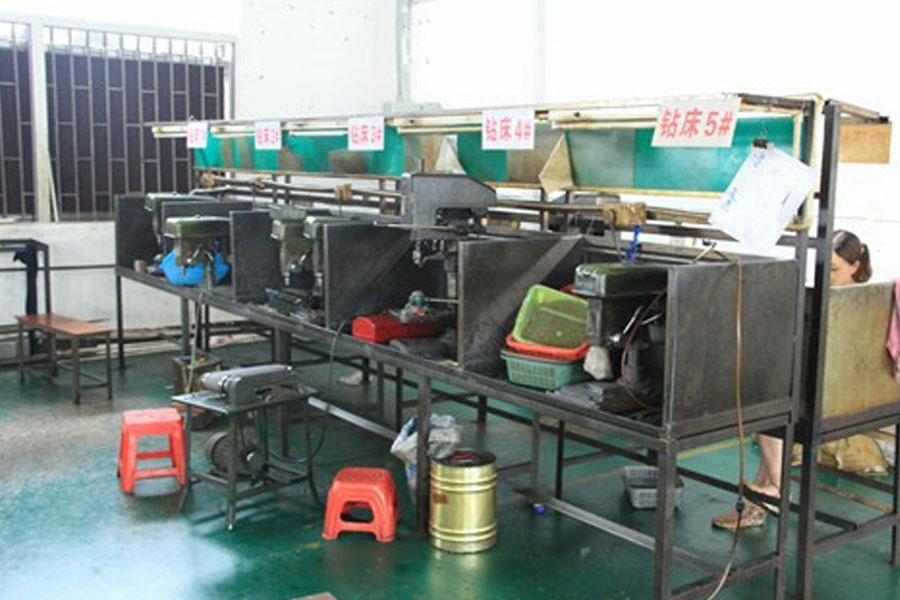(1) Assembling error: Wrong installation of parts position and direction and damage.
(2) stamping and stacking: the overlap of the blanks continues to be pressed, usually because the stripping board is broken.
(3) Improper maintenance: The above-mentioned points have occurred due to the replacement or the unfastened screw or the failure to restore the original state.
(4) The punch is dropped: it is not sufficiently fixed or suspended, or the screw is too thin and the strength is not good, or the punch is broken.
(5) No escape hole: The size or depth of the escape hole of the punch pressing plate is not enough, and the escape part of the punch and stripping plate is usually damaged by the stripping plate.
(6) Waste blockage: The blanking hole is not drilled or the size is inconsistent, or it falls on the bed and is not cleaned in time. The punch and the lower template are damaged.
(7) Foreign matter entering: the product is blown out and rebounds, mold parts collapse and fall, screws protruding from the mold surface or other items enter the mold, which may damage the lower mold, stripping plate or punch, and guide post.
(8) Spring factor: Insufficient spring force or broken or unequal height sets make the stripping plate tilted, or the spring is not regularly prepared, resulting in overlapping punching and damaging parts.
(9) Improper stamping: the working height is adjusted too low, the guide post loses oil, the strip is misfeed or half-filled, the peripheral equipment such as the feeding, unwinding, and rewinding machine is damaged, the air pipe is not installed or opened, the punch is abnormal, etc. The damage caused.
(10) Hot burial: The quenching temperature is too high or not enough, the tempering frequency and time are not appropriate, and the quenching method time is not grasped; the problem only appears after a period of use.

Leave a Reply